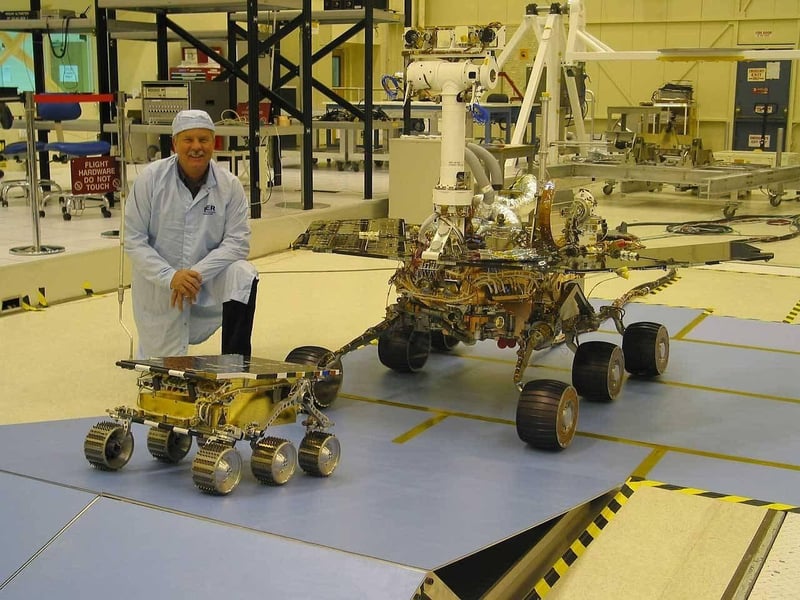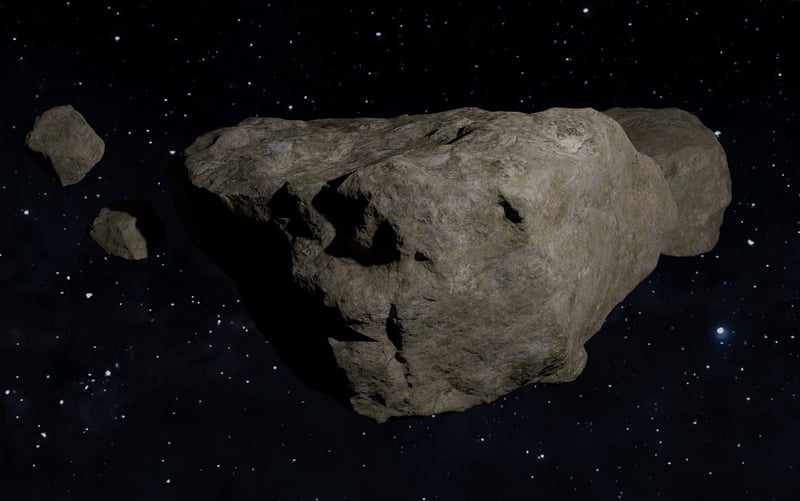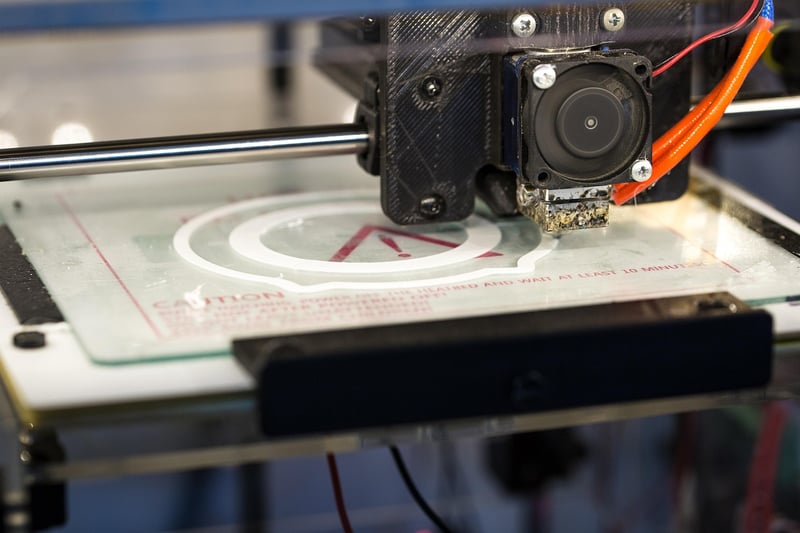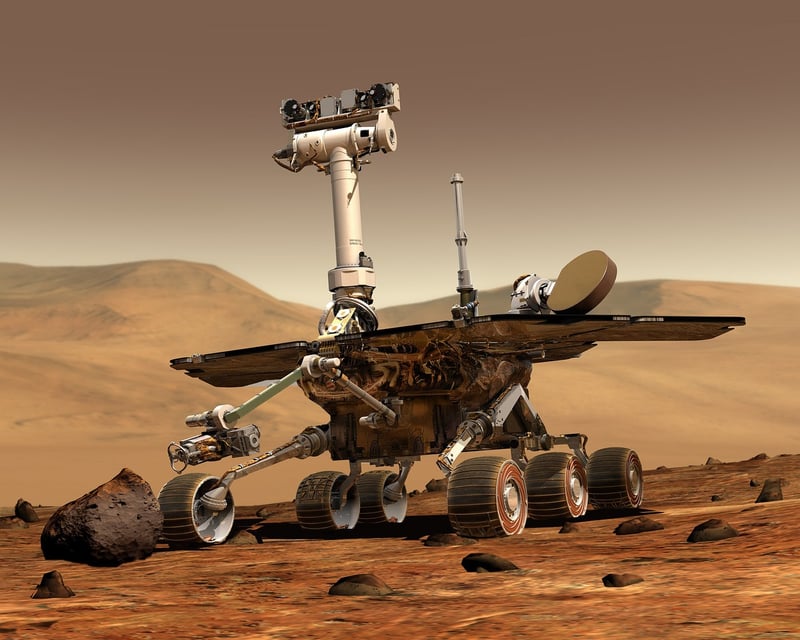Robotic Explorers
The Future of Space Exploration: Innovations in Space and Robotic Explorers
Space exploration has always captured the imagination of humanity, pushing the boundaries of what is possible and expanding our understanding of the universe. In recent years, significant advancements in technologies have revolutionized space exploration, particularly through the use of robotic explorers. Let's delve into some of the most exciting innovations shaping the future of space exploration.
1. Autonomous Rovers
Autonomous rovers have become indispensable tools for planetary exploration. These robotic vehicles are equipped with advanced sensors, cameras, and AI systems that allow them to navigate and conduct experiments on distant planets with minimal human intervention. The success of rovers like NASA's Curiosity and Perseverance on Mars has paved the way for more ambitious missions in the future.

2. CubeSats
CubeSats are small, cube-shaped satellites that have democratized access to space exploration. These miniature satellites are cost-effective and can be deployed in large numbers to conduct various scientific missions. CubeSats have been used for tasks such as Earth observation, technology demonstration, and even interplanetary missions, opening up new possibilities for space research.

3. Asteroid Mining Robots
With the increasing interest in asteroid mining for valuable resources, robotic explorers are being developed to extract minerals and metals from asteroids. These robots will play a crucial role in future space economies by harnessing the resources of celestial bodies. Companies like Planetary Resources and Deep Space Industries are leading the way in this innovative field.

4. AI-Powered Space Probes
Artificial intelligence is revolutionizing space exploration by enabling autonomous decision-making in space probes. AI algorithms can analyze vast amounts of data in real-time, helping spacecraft navigate hazards, optimize mission plans, and make scientific discoveries independently. The integration of AI in space missions is enhancing the efficiency and capabilities of robotic explorers.

5. 3D-Printed Spacecraft Components
3D printing technology is being utilized to manufacture spacecraft components in space, reducing the need for costly and time-consuming launches from Earth. Robotic arms equipped with 3D printers can fabricate tools, parts, and even entire structures on-demand, enabling greater self-sufficiency and sustainability in long-duration space missions.

These innovations represent just a glimpse of the incredible progress being made in space exploration through the use of robotic explorers. As technology continues to advance, the possibilities for discovery and exploration beyond Earth's boundaries are truly limitless.
